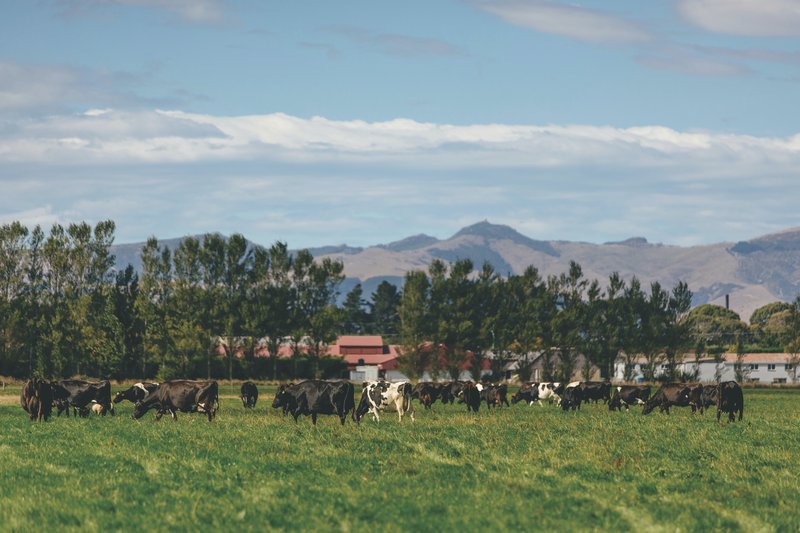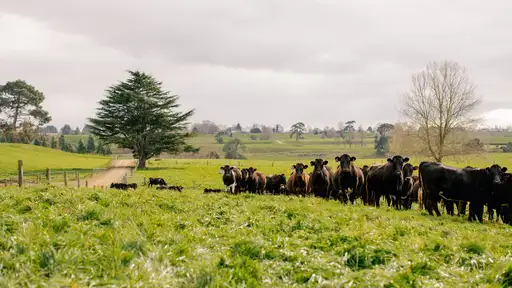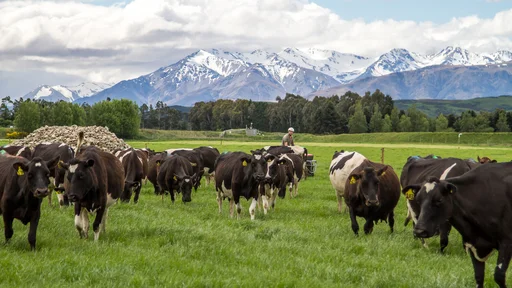
By Tony Fransen, Environment & Welfare Manager
Can a low-methane emitting cow be bred for in future?
Enteric methane emissions (generated from cows belching) and urinary nitrogen excretion from dairy cows are two of the major contributors to the environmental impact of agriculture in New Zealand, but it’s extremely difficult to measure actual emissions and excretions from cattle in pasture- based systems.
To quantify the expected emissions and excretions of our artificial breeding bulls (and their offspring) LIC developed the HoofPrint® and BeefPrint® indexes.
The respective 10-point ranking systems enable farmers to select bulls based on their predicted ability to generate offspring with a lower environmental impact - the higher the score, the more environmentally efficient they are.
HoofPrint first appeared in LIC’s Genetics Catalogue in Autumn 2020, while BeefPrint was introduced this year alongside selected beef bulls.
LIC uses modelling methodology based on the New Zealand greenhouse gas agricultural inventory methodology (AIM) model. The model incorporates seven breeding values used either directly or indirectly within breeding worth (BW) for each bull (liveweight, milk volume, milkfat, protein, fertility, total longevity, and gestation length).

The animal’s growth, production, reproduction, and departure are estimated; this enables calculations for energy requirements, dry matter intake, partitioning, emissions, and excretion. The results from the model are expressed as lifetime enteric methane emissions and lifetime urinary nitrogen per kilogram of milksolid produced.
All bulls are ranked within a reference population of the most-recent 10 years of AB registered dairy genetics.
Only the top 2% of bulls in the reference population can be rated at 10.
Fifty percent of the bulls are rated 6-10, and the remaining 50% are rated 1-5.
What About Breeding for Low-Methane Dairy Animals?
LIC has also started a major research project to measure methane emissions from young breeding bulls with the aim of being able to select for low-methane-emitting dairy cows.
The pilot trial, run in conjunction with CRV and with funding from the New Zealand Agricultural Greenhouse Gas Research Centre, measured feed intake and methane emissions – in the form of bull burps – among 20 young bulls.

Results from the initial phase were promising: Methane production largely related to how much an animal ate, and the research showed variation in emissions per kg of feed eaten: This suggests there is difference in emissions from the bulls, but researchers now need to understand how much of this difference is genetic, and how much is from the environment they live in: This requires measuring hundreds of animals during the next three years.
The more-substantive second research phase is now underway; specifically, this involves a study of about 260 young bulls, representing intakes from LIC’s and CRV’s respective Sire Proving Schemes. To fully understand the role of genetics, the research programme will include measuring the emissions from daughters of these bulls.
If a genetic link is confirmed, this will ultimately enable farmers to breed low methane-emitting cows from low methane-emitting bulls.




